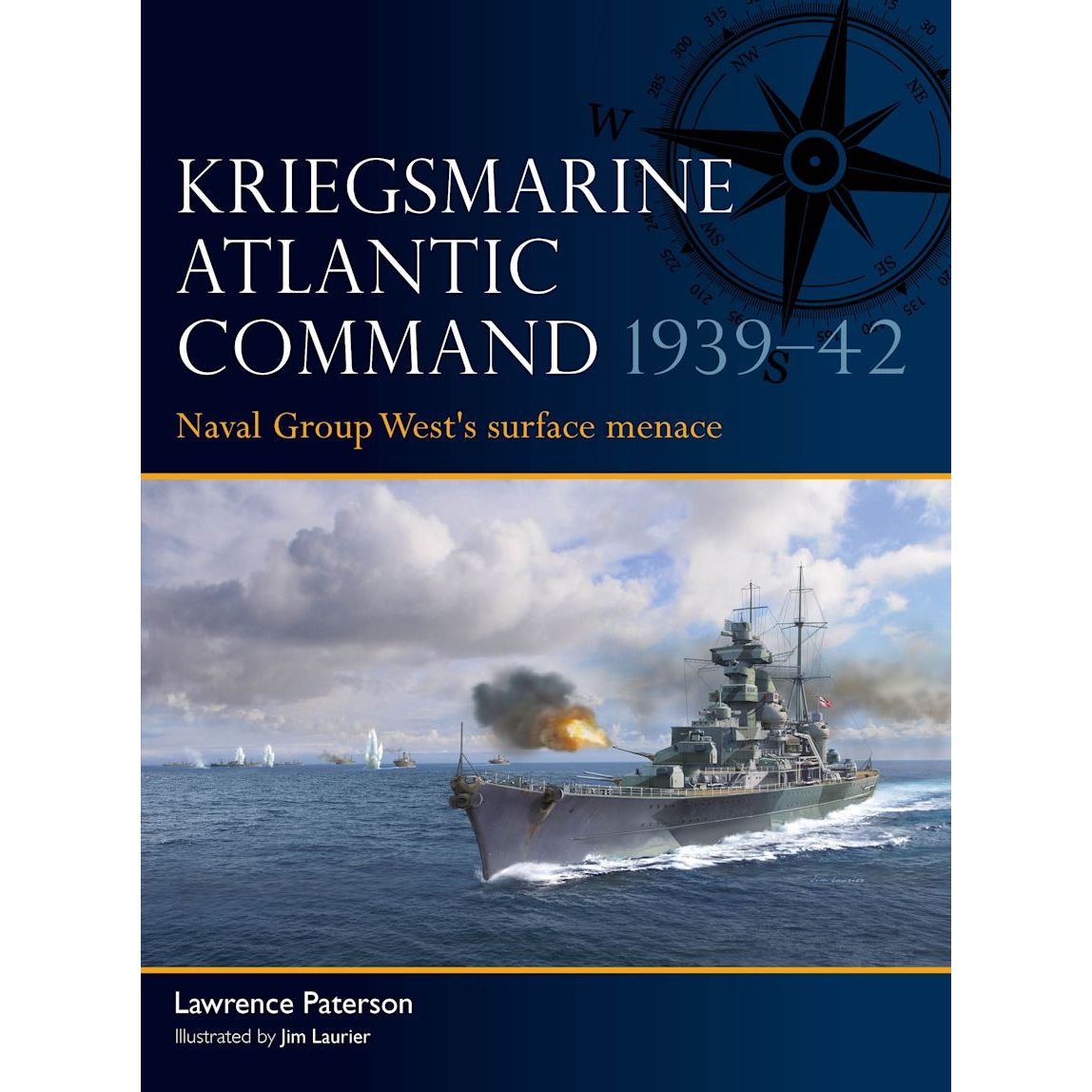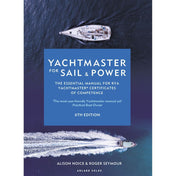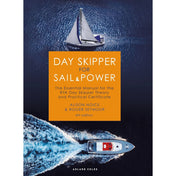Kriegsmarine Atlantic Command 1939–42
| Author: | Lawrence Paterson |
|---|---|
| Edition: | 2025 |
| Format: | Paperback |
| Size: | 248 x 184 mm |
Kriegsmarine Atlantic Command 1939–42 is backordered and will ship as soon as it is back in stock.
Couldn't load pickup availability
Delivery Information
Delivery Information
We aim to dispatch all orders by the next business day, but we're a small business and sometimes when it's busy it may take a little bit longer. If there's going to be any delays we'll get in touch and keep you up-to-date.
Shipping is free for all orders of £50 or more!
We work with Royal Mail, DPD and DHL to offer the most convenient delivery options to our customers.
Friendly Advice
Friendly Advice
Chris is a Master Mariner and knows a thing or two about seafaring. If you need any help then don't be shy - send us an email or get in touch using the WhatsApp icon.
Easy Returns
Easy Returns
Not what you were looking for? No problem. We can accept returns of items in as-sold condition for up to 30 days (maybe a bit longer but don't tell anyone).
Just let us know and we'll sort everything out, including the shipping cost back to us.
Unfortunately this doesn't apply to Print on Demand charts as they are correct at the time of printing.
Of course if there's any faults or damage then let us know and we'll make it right!
Inside Germany’s surface fleet war in the Atlantic, 1939–42
Germany's legendary Atlantic surface war was fought by Naval Group West. Superbly illustrated, this book unpacks the details of how it operated and fought.
Having spent the 1930s on an ambitious but confused bid to build a new battle fleet, Germany began World War II woefully unprepared. Under Marinegruppenkommando West, its heavy ships and raiders were tasked with challenging Allied dominance of the Atlantic.
In this book, Kriegsmarine specialist Lawrence Paterson explores how Naval Group West took on the challenge. He reassesses the qualities of the fleet, and how the confusion over their original role meant that ships like the Bismarck were less than ideal for raiding. Operating as far afield as the Indian Ocean also relied on an elaborate tanker and supply network, as well as Germany's superb signals intelligence.
Paterson also explains the complex Kriegsmarine command structure during the 1930s and early war – how responsibility for the ships veered between Naval Group West, the Naval Staff, and type commanders – and how the conquest of France transformed the command. He also reveals how the Luftwaffe failed the surface fleet, both in scouting at sea and defending them in port.
With superb artwork, 3D diagrams, maps and archive photos, this book explores and assesses Germany's commerce war – from the Graf Spee's cruise to the ill-fated exploits of Bismarck, and the final high-risk retreat from Brest, the Channel Dash.
Table of Contents
- The Fleet's Purpose
- Fleet Fighting Power
- Battleships: Scharnhorst, Gneisenau, Bismarck, Tirpitz
- Panzerschiffe: Deutschland (later Lützow), Admiral Scheer, Admiral Graf Spee
- Heavy cruisers: Admiral Hipper, Prinz Eugen, Blücher
- Light forces
- Gunnery and Fire Control
- How the Fleet Operated
- Naval Command: Marinegruppenkommando West
- Fleet Command (Flottenkommando)
- The Move to France
- Operational Doctrine
- Intelligence
- Logistics and Facilities
- Supply Ships and French Bases
- Combat and Analysis
- Further Reading
About the Author
Lawrence "Larry" Paterson is a qualified scuba diving instructor who spent many years living in France and researching German wrecks from World War II in Breton waters. His first book, First U-boat Flotilla, was a direct result of his time near Brest, home of that particular U-boat flotilla. He has also worked with the Royal Navy Submarine Museum Archive Working Group, specialising in U-boat records. Paterson's naval books have been published worldwide.
-
AuthorLawrence Paterson
-
Edition
-
Format
-
Size
-
Pages
-
ISBN
Payment & Security
Payment methods
Your payment information is processed securely. We do not store credit card details nor do we have access to your credit card information.








